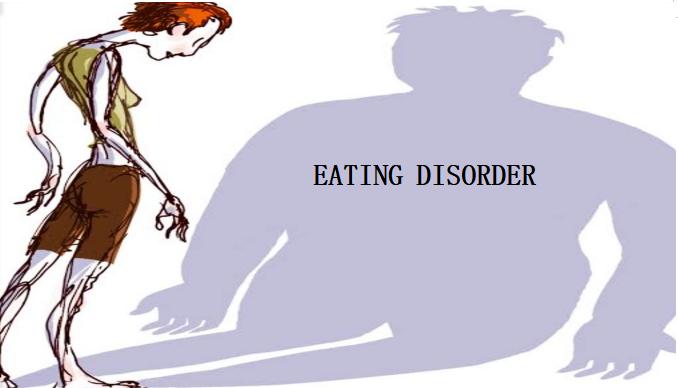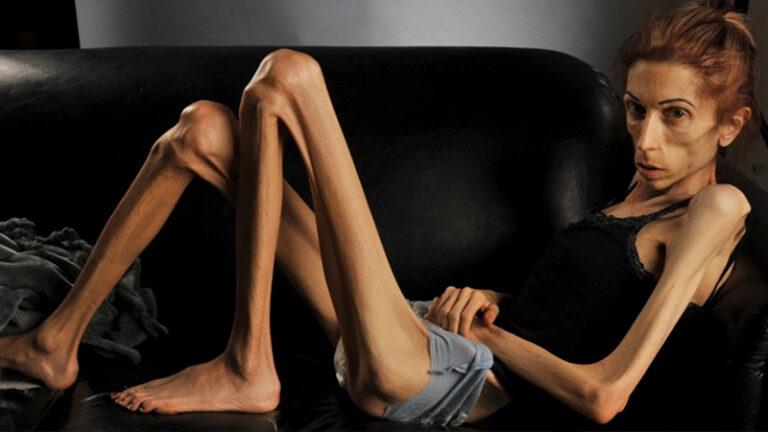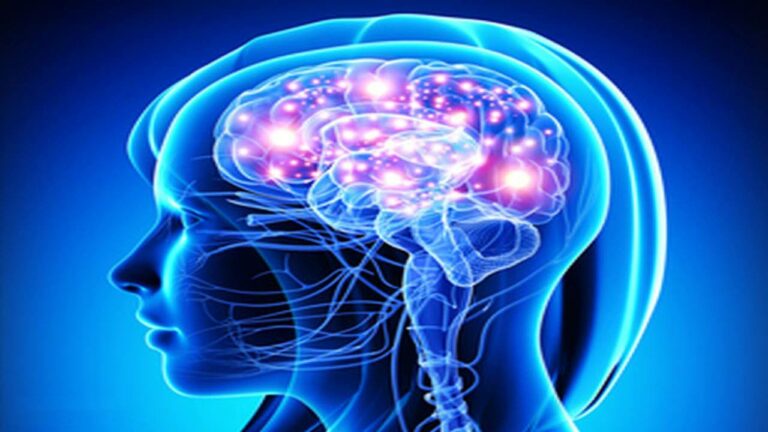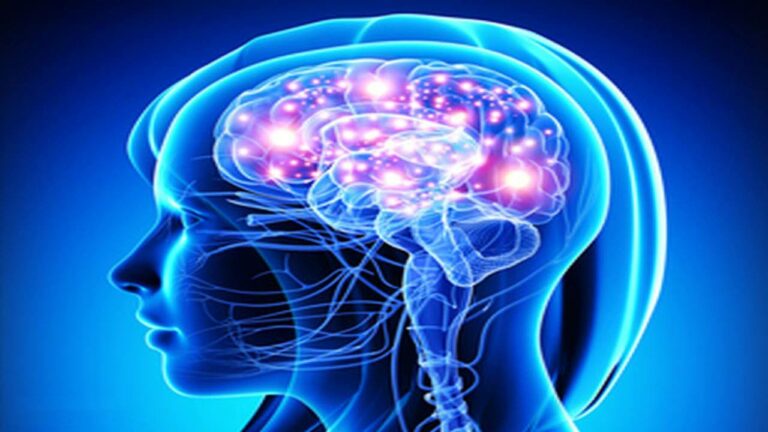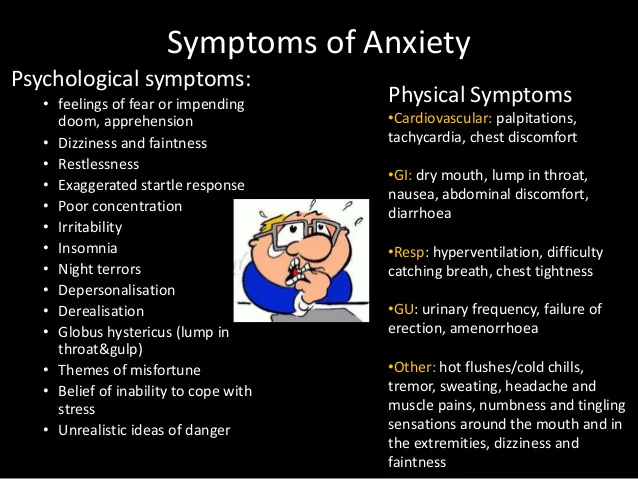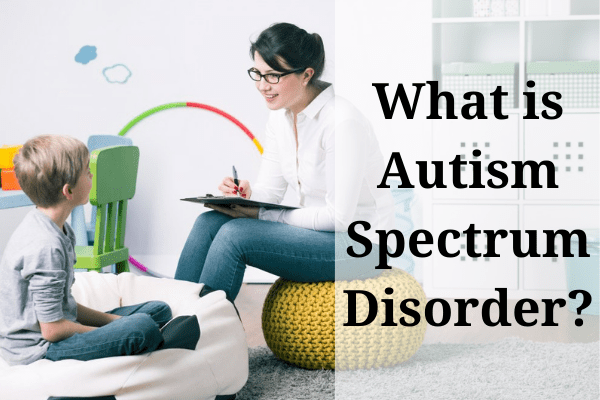Eating disorders: Different types and Causes
Author: Rose Stella
Rose Stella
Category: Health

Eating disorder is a precarious health condition characterized by persisting eating habit that negatively impacts one's emotion, health and way of life. This grave mental health condition requires medical and psychological intervention.
An eating disorder affects at least 9% of the population worldwide. It tolls 10,200 deaths each year which means one death every 52 minutes. This mental illness ranked as the second deadliest mental condition.
Furthermore, eating disorders can happen to anyone regardless of age, gender, race, social class, and religion. This condition generally happens during adolescence but can still occur in any stage of life.
Possible Causes of Eating Disorder
There is no clear conclusion as to what causes this mental illness to happen but experts cited few possible causes such as:
- Genetics,
- Brain biology
- Personality traits
- Cultural ideas
The common types of eating disorders are:
Anorexia nervosa
Anorexia nervosa commonly known as anorexia is an eating disorder characterized by an intense fear of gaining weight resulting in low body weight.
People who suffer from this illness have a twisted perception of their own body shape and weight. They limit their food intake and use excessive techniques such as using laxatives, diet pills, and vomiting after meals.
Bulimia Nervosa
Bulimia nervosa simply known as bulimia is an eating disorder characterized by periodic overeating, recurrent improper behavior to offset the possibility of gaining weight, and excessive self-assessment based on body weight and shape.
A person who has bulimia nervosa will eat an extreme amount of food until the feeling of fullness becomes overwhelming. They would later compensate for this by vomiting or taking laxatives.
People suffering from bulimia nervosa maintain relatively normal weight rather than becoming underweight.
Binge-eating disorder
Binge-eating disorder is an eating disorder characterized by eating a large quantity of food in a brief period of time. Compared to Anorexia nervosa and bulimia nervosa, people with binge-eating disorder do not compensate for their overeating episodes.
They don't practice force eating, consuming laxatives, and over-exercising but still feel shame, disgust, and guilt after every episode.
Individuals with binge-eating disorders are often obese or overweight. They are prone to health conditions such as heart disease, stroke, and type 2 diabetes.
Pica
Pica is an eating disorder that involves consuming non-food items. Commonly ingested items are hair, paper, soap, clothes, chalk, metal, pebbles, sand, and clay.
Pica can commonly occur during childhood but it can also happen for the first time during adolescence and adulthood. People with this condition are not averse to food.
Individuals with pica may suffer from poisoning and potential intestinal blockage.
Rumination disorder
Rumination disorder is an eating disorder newly recognized. This is a condition wherein a person regurgitates food that they have previously swallowed, rechewed it, and then swallows it again or spits it out.
This condition can occur in all stages of life. People with this disorder are often malnourished or underweight.
Mentioned above are the most commonly known eating disorders. These mental conditions are commonly overlooked and normalize. Any eating disorder is serious and should be properly taken care of. If left untreated, these diseases would certainly affect the person suffering from them, or worst, it could lead to death.
Seeking proper medical help and emotional support from loved ones might help to overcome and triumph against these medical conditions.






